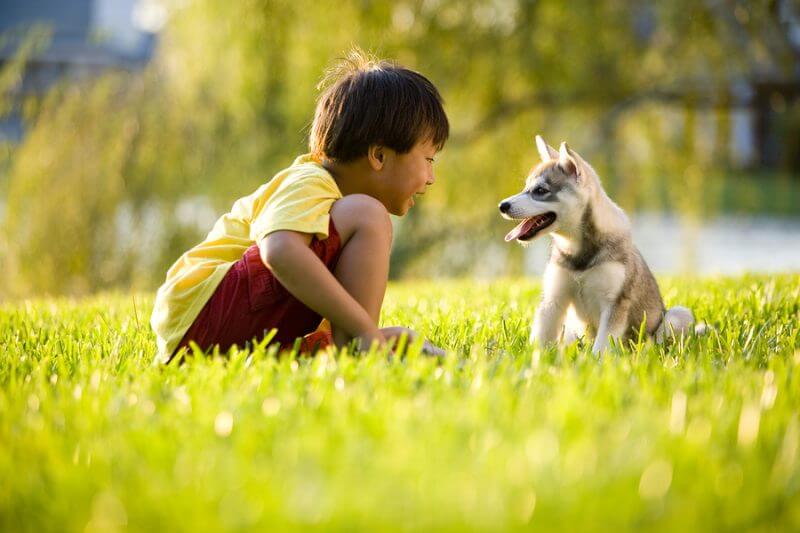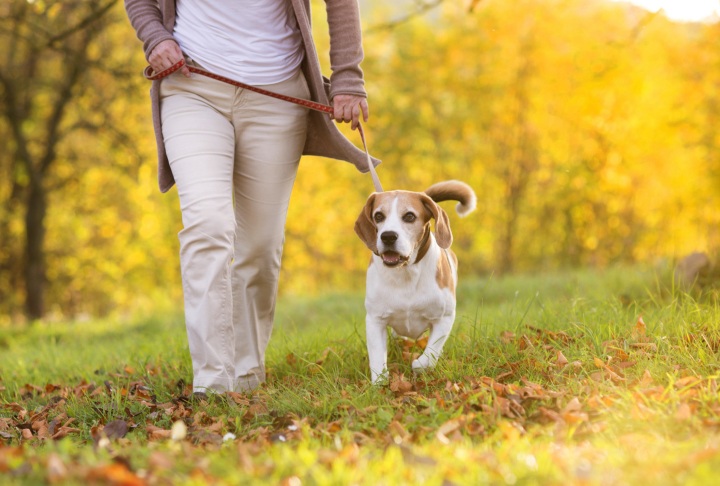
Brought a new puppy home? Congratulations! Training your dog is the very first step towards establishing an eternal bond with him. To begin this fascinating journey with your pooch, you first need to communicate what you expect from him. Yes! That’s what will give him a sense of security and belongingness.
The foundation of training is crucial and should leave a positive impact on your puppy. Here’s a link with helpful tips https://www.bestdogdads.com/dog-training-tips/ to aid you in this process with classified tips on how to train your dog.
Akin to training a newborn human life, you will have to start from scratch. The idea is to make your doggy independent in many ways and train him with dog values without bribing him or even punishing him. Both bribe and punishment will go against the purpose of training. It takes patience to get there and can be challenging for both the owner and the pup. These handy tips can make come in handy.
Brief training sessions
The thumb rule is to stick to a shorter duration of training; just about 5-10 minutes should be good enough. Learning a new skill or behaving in a certain way can take a toll on anyone. It’s best to go slow and end the session on a positive note.
So, if your puppy finds it difficult to learn what you have been emphasizing through the session, simply revise something he already knows to boost his confidence. Wrapping up a sitting in this way will encourage your four-legged furry friend to come back for more.
Teach your puppy to come
Learning to come when called is one of the basic steps of training your dog. Begin this practice by introducing him to the word come. This part of the session can always be done indoors. Just sit around with him and say come and tag it with his name.
This will give him his identity. Successfully learning a skill does deserve a reward and once your pup has mastered it, just drop a treat for him! You can toss the treat to reinforce this exercise by calling out his name.
Leash walking

Nobody likes to be shackled! But remember you have to train your pet as this is for his safety. At the outset, all you need to do is make sure that the leash you plan to use is comfortable. Your puppy might hesitate or land up chewing on the leash. Stand next to him and show him the loop in the leash as you encourage him to happily wear it.
You can reward him and take him out for a walk to sniff at the butterflies in the park. The idea is to allow your pup to walk by your side comfortably even when he’s on a loose leash. Be it a head collar or a flat one, it should not feel tense for your dog. You can train him to relieve the pressure using self-control.
Since every dog is different, you can’t generalize the time they would need to master a specific skill. You can also evaluate the speed of training depending on your pup’s ability to learn. Let the rewards add value rather than work as a bribe. Teach your pups the basic commands, check this out for more.
Teach him to sit
Initially, your pup might feel and look restless, running around everywhere. Teaching your pooch to sit is a crucial part of training him. You can introduce the concept of sitting to your dog by either capturing or luring him.
For the first method, you will have to hold a dog treat in front of him while waiting for him to sit. You can encourage him by acknowledging his action and rewarding him with the treat. Next, you can step backward to motivate him to stand first.
Subsequently, wait for him to sit closer to you by offering him another treat. A couple of repetitions should make the message clear to your dog. Use the word, ‘sit’, through the process so that he recognizes the action expected of him.
Alternatively, you can use the luring technique to train your dog to sit comfortably in one place. However, avoid physically putting your doggy into a sitting posture as this might not go down well with him and can confuse him more. You can also use the reward technique to train your buddy.
Whether it’s eating, potty training or teaching him to stay quite; training your dog has its perks. This includes increasing his safety, allowing him to become sociable, ensuring boarding your dog less challenging, and making learning fun and rewarding.


Speak Your Mind